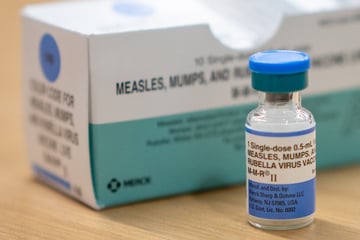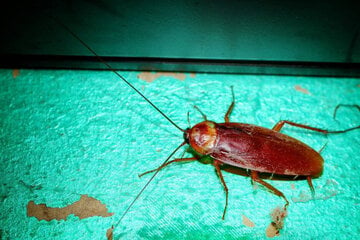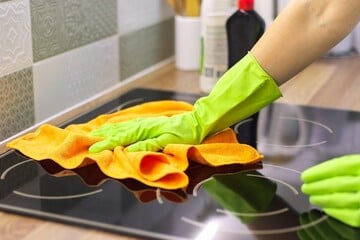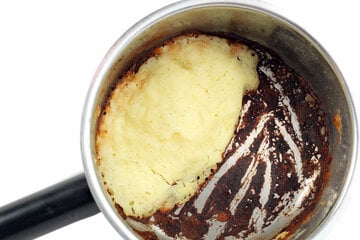How to get rid of mold: Killing, cleaning, and removing the pesky stuff
Have you noticed a nasty, slightly musty smell in your home? You should probably check any textiles or surfaces for yellow or brown mold stains, and see if it's time for you to get rid of that mold for good.
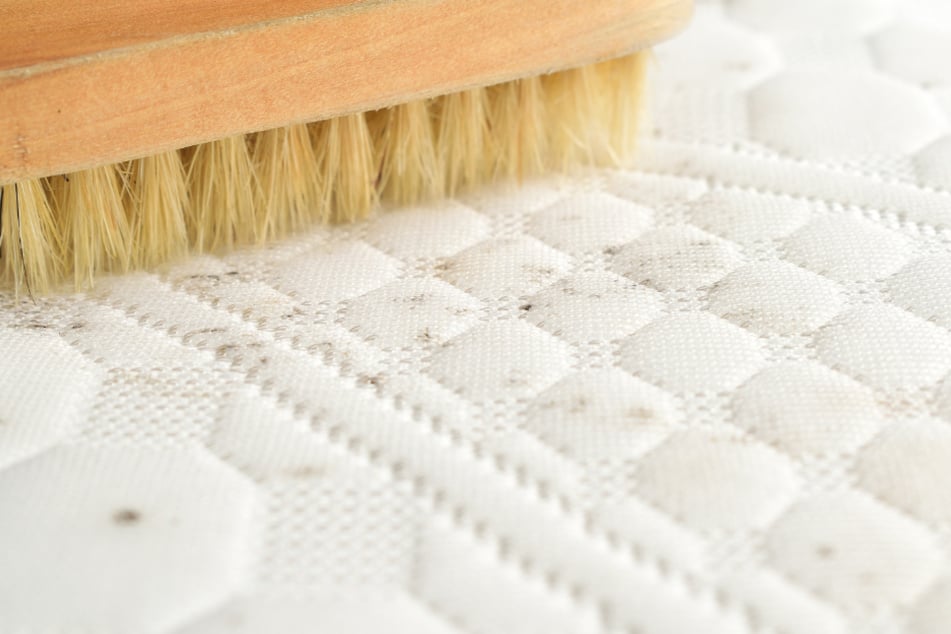
It is important to take rapid action when mold or mildew stains start popping up around the house.
Whether on your jeans, your wall, or your futon, mold is not only unsanitary, but also ruins anything that it touches.
There are a few home remedies, though, and that's what we're here to help with.
In this household guide, we take you through how to get rid of mold stains in the house, and how to clean, kill, and remove the pesky perpetrator.
The TL;DR version:
- Mildew stains and mold should always be removed.
- Different materials make mold easier or harder to remove
- Mold or mildew stains on books or documents must be professionally treated.
- Use a soft sponge or brush to remove mildew stains, but only dab or rub gently.
- On fabric and textiles, mildew and mold can be removed with home remedies such as baking soda, buttermilk, vinegar, dish soap, and salt.
- Home remedies can be applied directly on the affected fabric, and should be rinsed thoroughly afterwards before a full machine wash.
- Non-washable items, such as baby strollers, wallpaper, or wood, should be treated with home remedies, and then be left to dry in the sun.
- Avoid mildew and mold by airing out your home regularly, not putting the laundry away before it is dry, and keeping the humidity low.
What causes mold in your house?
Mildew stains are small, yellow, and brown discolorations that appear on surfaces in the laundry, on wallpaper, shower curtains, tents, and upholstered furniture. These stains and markings are generally caused, and go hand-in-hand with, mold.
Mold is caused by excessive and long-lasting dampness, such as leaks, steam in the bathroom and kitchen, or even clothes that have not been allowed to dry properly.
Why is there mold in the bathroom, shower, and basement?
Mold will often develop in the bathroom, shower, and basement as they are both relatively damp areas of the house and often have very limited ventilation.
In many bathrooms, exhaust fans help to extract any steam, but this is not always the case. If there is no extraction fan (which is usually the case in a household basement), then the only means of removing the moisture in the air is to simply air out the room by opening the window or door.
The problem? It doesn't usually work that well.
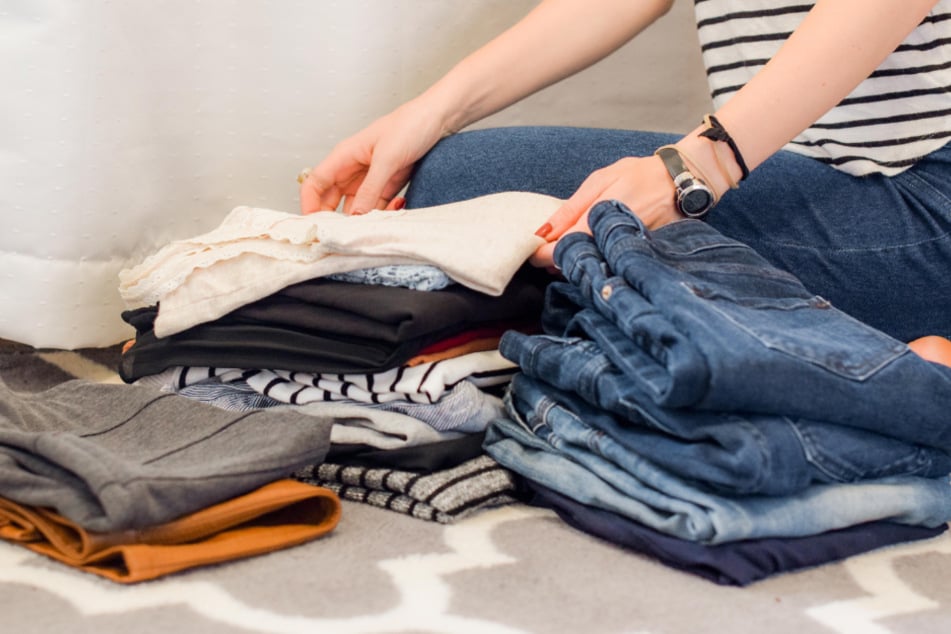
How to get rid of mold in the house
Getting rid of mold isn't too hard if you haven't allowed it to fester for too long. In the case of fabric, wallpaper, and wood, you can usually remove the mold and stains yourself, and the same can be said for most walls and ceilings.
Of course, mildew and mold can be particularly difficult to get out of books and documents. This is where you need to take preventative measures or, if it's too late, enlist a professional who can carefully clean and save the paper that has become moldy.
Here's how to remove mold from your house and get rid of mildew stains from all sorts of common household items.
How to remove mold from clothes, fabric, and furniture
Here are some great home remedies to try out to combat mold:
- Baking soda: Lightly moisten the affected areas with a bit of water, then rub baking soda into the fabric. Let it dry before removing the baking soda and washing thoroughly.
- Buttermilk: When trying to remove mold and mildew from more delicate fabrics, it's a good idea to soak them in buttermilk for two-to-three days.
- Vinegar: If the garment isn't too sensitive, it is a great idea to soak it in a mixture of vinegar and water (mixed to a ratio of 1:3) for about an hour.
- Boiling water: If you have a sturdy fabric, you can actually boil out the mildew or mold. The best way to do this is to apply a detergent that contains bleach to the mold stains, and then boil the garment in water for half an hour.
- Dish soap and soda: After adding a dash of dish detergent and a little bit of baking soda to a large bowl of water (measured according to the product's instructions), let the fabric soak for at least an hour.
- Salt and detergent: Dissolve a touch of laundry detergent and a few pinches of salt in a large bowl of water. Allow the fabric to soak for about five hours.
- Chlorine bleach: For incredibly stubborn mildew stains on white and insensitive fabrics, you can use chlorine bleach. Remember that bleach will stain fabrics all white, so whatever you are cleaning needs to be white already. Be careful to avoid direct skin contact with the bleach and wear a mask to stop yourself from breathing in the vapors. Soak the clothing in a mixture of water and bleach for at least five hours.
All clothing and other textiles should be allowed time to completely dry after cleaning, before they are put away. Otherwise, mold and mildew could return quite quickly.
Keep in mind: After undertaking any of these mold-removal processes, the fabrics involved must be washed thoroughly by hand or in a washing machine and then thoroughly dried.
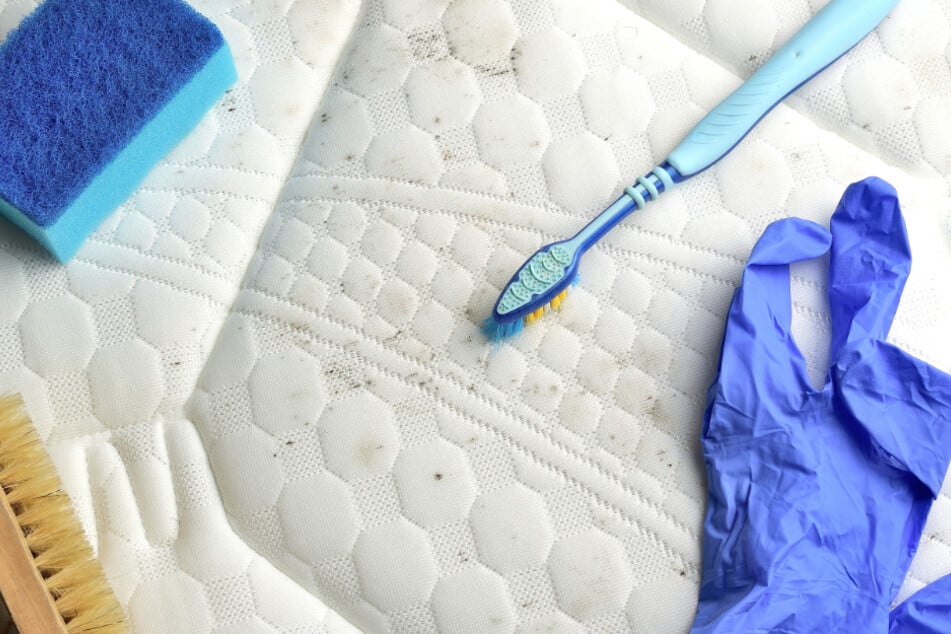
How to kill mold in tents, baby strollers, mattresses, and awnings
Mattresses, car seats, and other upholstery are also susceptible to mildew and mold, and all of the above are rarely suitable for the washing machine. Luckily, if you keep on top of mildew and mold on these fabrics, they are largely superficial and can be removed with a few basic and easy home remedies.
Here are some of those home remedies:
- Vinegar: As described previously, mix vinegar and water in a ratio of 1:3. Soak the removable fabrics in this mixture for at least an hour, before rinsing them well. Use the vinegar water as a replacement for detergent and wash the fabrics with sponges and other soft cloth-based wipes. Be aware, though, that vinegar can damage material and cause discoloration, so be careful.
- Baking soda: Mix baking soda with water so that it forms a thick paste. Apply the paste to the mildew and mold stains and allow it to dry. Remove the residue with a soft brush or cloth.
- Bleach: Mix bleach and tap water in a ratio of 1:3 and apply it to the mildew stains. Allow it to soak in and then wipe it off with cold water. Be careful to not get it on your hands, though, and never mix it with other cleaning products. Only use this on a non-colored, white fabric, as it will cause discoloration.
Make sure that anything you clean and then wash with water is dried thoroughly before being put away. If you don't properly dry the tent, stroller, mattress, or awning, it will become moldy again!
Hot tip: The walls of a tent, or an awning, should always be cleaned soap-free, as the chemicals can actually attack the material seams.
How to treat mold on walls
If you find mildew and mold stains on the wall, you must first find the cause of that growth. It is insufficient to simply remove the mold without solving the problem, as the issue will just continuously repeat itself.
Some reasons for a mold infestation in the walls include insufficient insulation, an overly humid room climate, or repeated exposure to steam. If you do not treat the cause, then the problem could even lead to black mold, which can be toxic.
Try out these home remedies to help get mold off the walls:
- Vinegar: Dab a soft and non-staining cloth with colorless vinegar or diluted vinegar essence, and then dab the mildew and mold stains on the wall until they have disappeared.
- Methylated spirits: Dampen a cloth with methylated spirits and then dab the mildew stains off the wall, much like you would with vinegar.
Keep in mind: Vinegar and methylated spirits can dissolve and ruin wallpaper, so be careful. After removing any mold or mildew stains from the walls, wash thoroughly with a sponge and soapy water, but be careful not to stain the wall.
How to clean mold from wood
Cleaning mold from wood can be quite a difficult process, especially if the wood itself is at risk of becoming rotten. In such a case, you will need it to be treated by a professional or just simply replaced.
Here is a great method for removing mold from wood:
Step 1: Wipe the wood thoroughly with a clean cloth, or use a vacuum cleaner in the case of it being your wooden floorboards.
Step 2: Mix lukewarm water and detergent so that it's nice and soapy. Use a soft brush to scrub the area, dipping it in the water before scrubbing.
Step 3: For more stubborn stains, use a commercial mold remover or distilled white vinegar.
Remember that, if the mold is too difficult to remove or so stubborn that it is nearly impossible, you can actually sand off the mold-affected layer with sandpaper.
Black mold treatments
Black mold can have serious health effects on humans. It often causes chronic coughing and sneezing, as it causes irritation to the respiratory system. Additionally, the spores of black mold can settle on your skin and cause rashes and inflammations.
In the case that you want to clean black mold, here's how:
Step 1: Clean any stained wood or surfaces with water and a soft brush. If possible, it would be fantastic to clean with a pressure washer. Allow the wood to dry.
Step 2: If mildew and mold stains are still visible, mix detergent and water together in a 1:1 ration and then apply the mixture to the wood, cleaning it thoroughly with a brush. Allow the wood to dry again.
Step 3: If this has still not removed the mold and mildew stain, apply a little bit of vinegar directly on the stain and leave it for an hour. Wipe it off with a soft cloth. Again, wash and dry.
It can be harder to remove black mold, and it might be a good idea to hire a professional for this particular task.
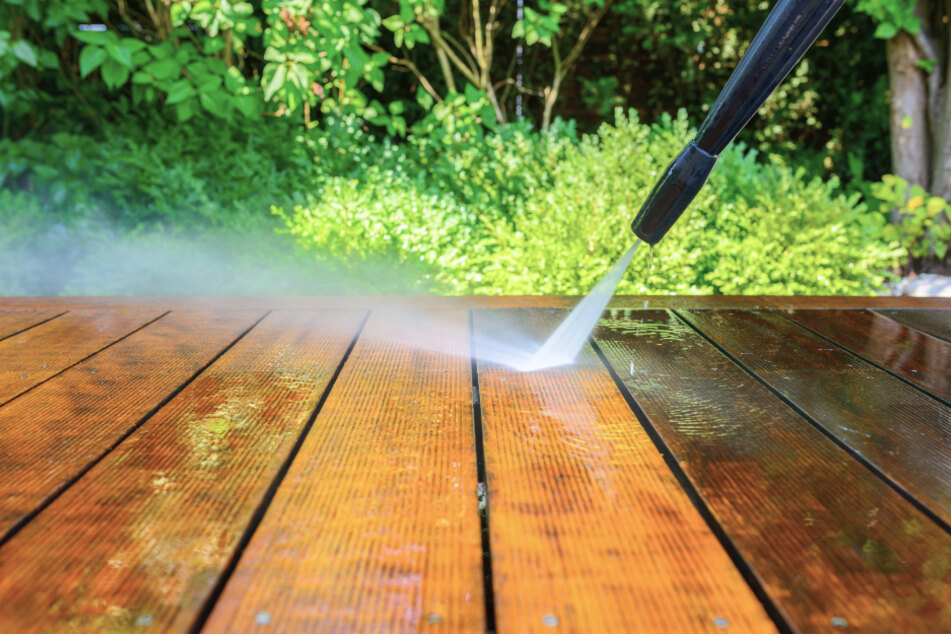
How to prevent mold in the house
As always, the best way to fight something is to prevent it in the first place. Mildew and mold stains in your apartment or house are generally a result of excessive humidity. It is important to protect susceptible materials from this moisture.
How to prevent mold and mildew:
- Make sure that all textiles have been properly dried before folding, packing, or storing them in the closet.
- Air out your home regularly, and get yourself a dehumidifier.
- Do not dry out your laundry inside the apartment or house, if possible, but instead hang textiles outside to air dry or use a drying machine.
- Any sweaty clothes should be washed and dried immediately.
- Place your furniture at a far enough distance from the wall to allow for air circulation.
- Store books and documents in dry places.
- Make sure to clean and dry wooden surfaces regularly.
- Seal all wooden surfaces properly, to protect them from the weather and avoid waterlogging.
- Make sure that any products you purchase are made from sturdy woods like hardwood and pine, as they are less susceptible to mold.
If you take up the right preventative measures, and stay consistent, you will be able to significantly limit the threat of mold.
Speak up to your landlord about mold
One of the most common scams that you may come across as a renter is the case of the moldy bathroom. In many rental contracts, it is stipulated that you must "air out" certain rooms for a particular number of hours a day. In the case of an issue over the matter, you cannot prove that you "aired out" the room, and your landlord can't prove that you didn't.
In the end, always try to avoid having these clauses included in a rental agreement, and take tons of pictures of a rented apartment or home before you move in, so that you have documentary evidence of any mold that may have been there from day-one, or built up over time. It also can be good to have this if you own your property as well, to see how a mold problem may progress. It's better to be safe than sorry.
Ultimately, mildew and mold stains are primarily a visual problem, but can also cause significant damage to items and walls and in some cases, health issues. Seeing as they can also be a harbinger of black mold, it's best to treat and remove mold as soon as possible.
Cover photo: 123RF / Oleksii Bilyk
